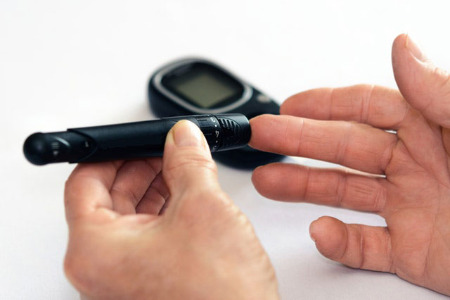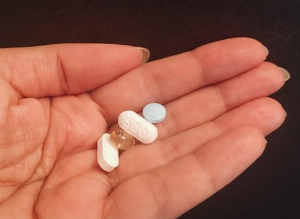Self-monitoring of type 2 diabetes slashes patient travel costs
Published 12 Jul 2018

Self-monitoring of HbA1c levels by patients with type 2 diabetes can reduce their follow-up costs by more than half, according to researchers from Scandinavia.

Their study found self-monitoring used in combination with an electronic feedback system could result in considerable savings for patients, especially those living in sparsely populated areas.
By replacing half of the required follow-up visits with self-measurements and electronic feedback, the annual total costs of HbA1c monitoring were reduced by nearly 60%. As a result, they calculated that this would bring the cost per patient down from £250 to £106.
With fewer follow-up visits required, the average annual travel costs of patients were reduced over 60%, from £40 to £15 per patient, said the researchers.
Carried out in the region of North Karelia in Finland, the study applied geographic information systems (GIS) analysis combined with patient registers.
Patients’ travel and time costs were analysed by looking at how well health care services could be reached on foot or by bike, or by using a private car, a bus, or a taxi.
The study, published in the International Journal of Medical Informatics, analysed 9,070 patients diagnosed with type 2 diabetes.
Combined travel and time costs amount to 21% of the total costs of HbA1c monitoring for patients with type 2 diabetes.
The researchers noted a previous study that found patient time and travel costs related to cancer screening in the UK were on average 20-40% of the total costs of the screening.
The study authors said: “More emphasis should be laid on the development of mobile and internet technologies in self-monitoring, electronic feedback and consultancy systems as it leads to a productivity leap in care and to significant cost savings.”
Lead study author Aapeli Leminen, from the University of Eastern Finland, added: “The societal cost-efficiency of type 2 diabetes care could be improved by taking into consideration not only the direct costs of glycated haemoglobin monitoring, but also the indirect costs, such as patients’ travel costs.”
Nursing Times
Comments
You will also like

Diabetes: Discrimination, Professional Life, Plan Ahead... What do patients say?
9 Nov 2018 • 13 comments

 Facebook
Facebook Twitter
Twitter
